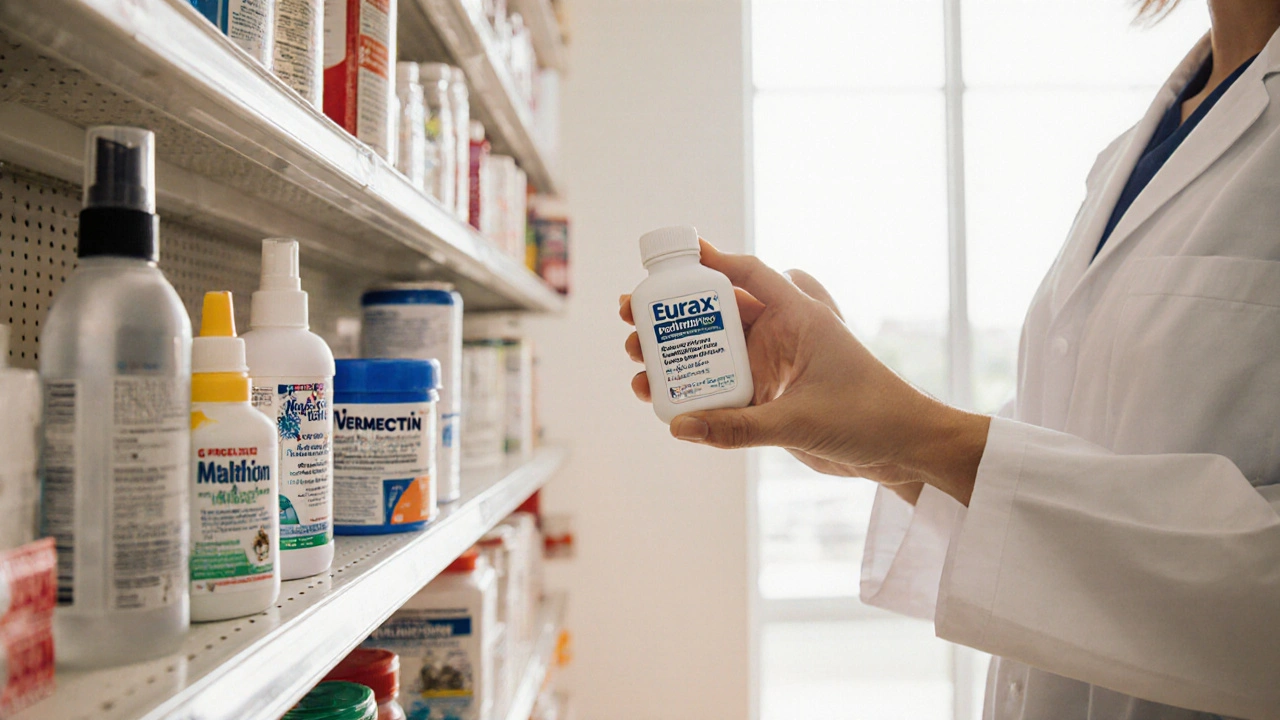Scabies Treatment: Quick Relief and Effective Options
When dealing with Scabies, a contagious skin condition caused by the Sarcoptes scabiei mite that burrows into the upper layer of the skin, leading to intense itching and a rash. Also known as scabies infestation, it spreads easily through close personal contact and shared items.
Key Treatment Options
The cornerstone of Scabies treatment is breaking the life cycle of the mite. Permethrin, a 5% cream applied from the neck down and left on for 8‑12 hours, is the most widely recommended topical scabicide. It kills the mites on contact and is safe for most ages, including children over two months. For cases where the skin is heavily affected, known as crusted scabies, the skin may be thickened and full of mites, requiring repeated applications and sometimes adjunctive oral therapy.
Oral Ivermectin provides an effective alternative, especially for crusted scabies or when topical agents are impractical. A single dose of 200 µg/kg, repeated after one week, can clear the infestation in most patients. Combining oral ivermectin with topical permethrin improves success rates in severe cases.
Beyond medication, cleaning the environment cuts re‑infection. Wash bedding, clothing, and towels in hot water, then dry on high heat; items that cannot be washed should be sealed in plastic for at least a week. Advising close contacts to treat simultaneously stops the cycle of spread.
With these steps—accurate identification, targeted scabicide use, and proper hygiene—readers will find a clear path to relief. Below you’ll see detailed articles that walk through each medication, dosage tips, and practical advice for handling scabies at home or in a clinical setting.
Eurax Lotion (Crotamiton) vs. Top Scabies Treatments - Detailed Comparison
A detailed side‑by‑side look at Eurax Lotion (crotamiton) versus permethrin, benzyl benzoate, malathion and ivermectin, covering effectiveness, safety, cost and best‑use scenarios.

